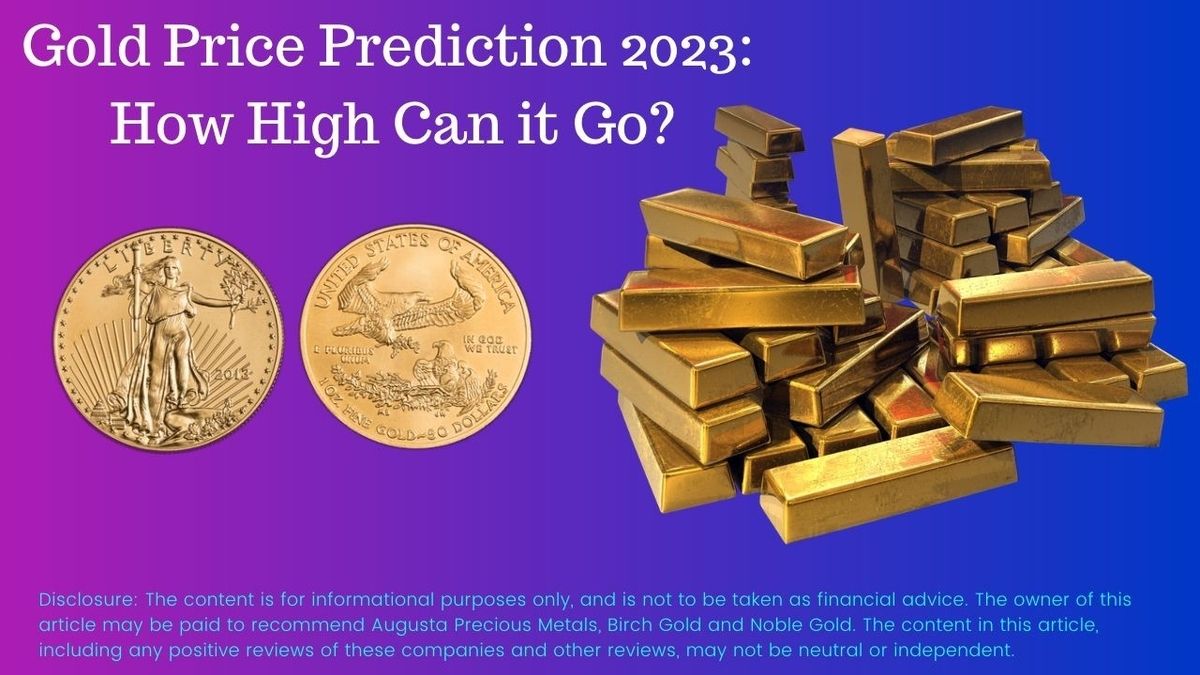As the price of gold continues to reach unprecedented levels, analysts on Wall Street are optimistic about the future of the precious metal’s rally. With futures prices for gold hitting all-time highs and closing above $2,100 per ounce for the first time, the investment community is closely monitoring the driving factors behind this surge and its implications for the broader economy. Analysts from major financial institutions such as Citi and Berenberg are presenting a bullish outlook for gold, attributing its strength to a combination of economic uncertainties, geopolitical tensions, and expectations around monetary policy.
The record-breaking rally of gold has garnered global attention, with the gold contract for April closing above $2,100 per ounce in a recent trading day. This milestone highlights gold’s appeal as a safe haven asset during times of uncertainty. Spot gold also saw a notable increase, trading 0.7% higher at $2,129. Factors propelling this surge include expectations of Federal Reserve rate cuts, rising geopolitical tensions, and gold’s reputation as a reliable hedge against recessions. Despite the gains, analysts point out that when adjusted for inflation, gold’s price is still below historical peaks.
Analysts’ forecasts from Citi and Berenberg indicate a consensus on a positive outlook for gold. Citi analysts predict a 25% chance of gold averaging a record $2,300 per ounce in the latter half of the year, with a base case of $2,150 and a “wildcard” scenario of prices reaching $3,000 within the next 12 to 16 months. Berenberg analysts suggest that a potential Donald Trump victory in the upcoming U.S. election could further boost gold prices, along with ongoing global conflicts that enhance its safe-haven appeal. The disconnect between gold-linked stocks and the commodity price is attributed to the U.S. economic performance and the stance of the U.S. Federal Reserve.
The stance of the Federal Reserve on monetary policy remains a crucial factor for the future trajectory of gold prices. Market expectations point to a 55% probability of a 25 basis point cut in June, indicating that the central bank’s decisions could greatly affect the price of gold. Geopolitical events and macroeconomic drivers are expected to continue driving volatility in the gold market in the coming months. Despite challenges, gold’s non-yielding nature and low yields due to aggressive monetary policies position it as a solid investment during economic uncertainties.
As gold continues its upward trend, the implications for investors and the broader economy are significant. The current rally reflects concerns about global economic stability and the search for safe investment options. With analysts’ predictions suggesting continued strength in gold prices, investors are closely monitoring the precious metal’s journey as they navigate today’s complex financial landscape.









